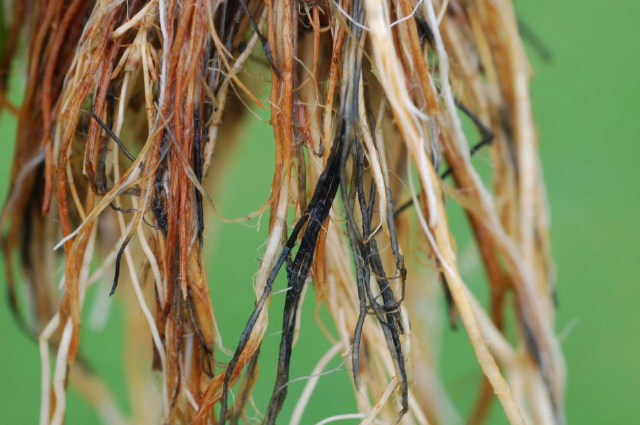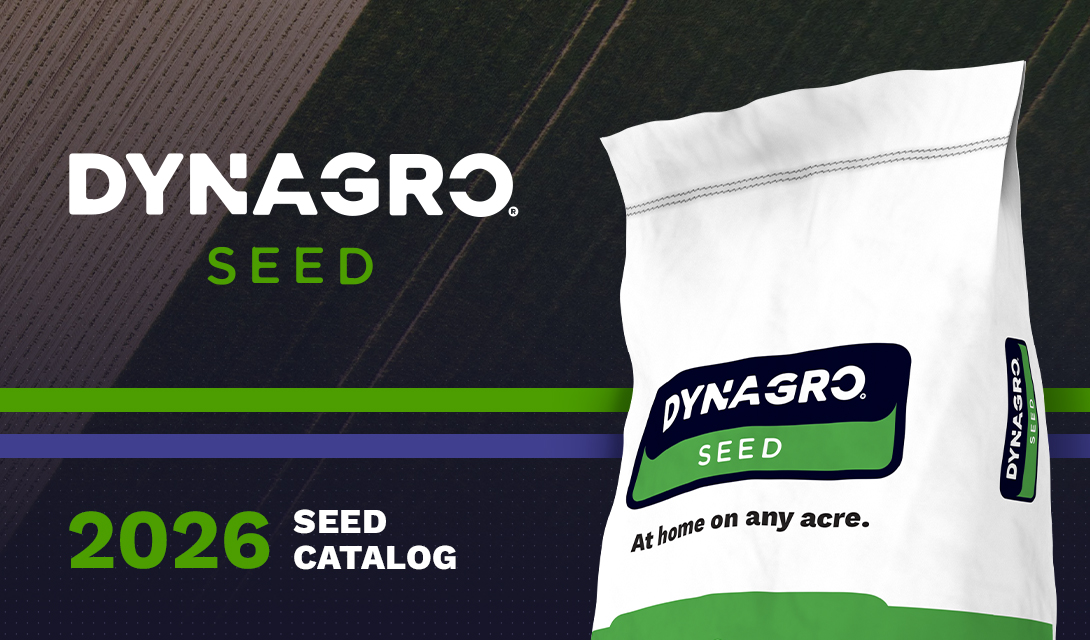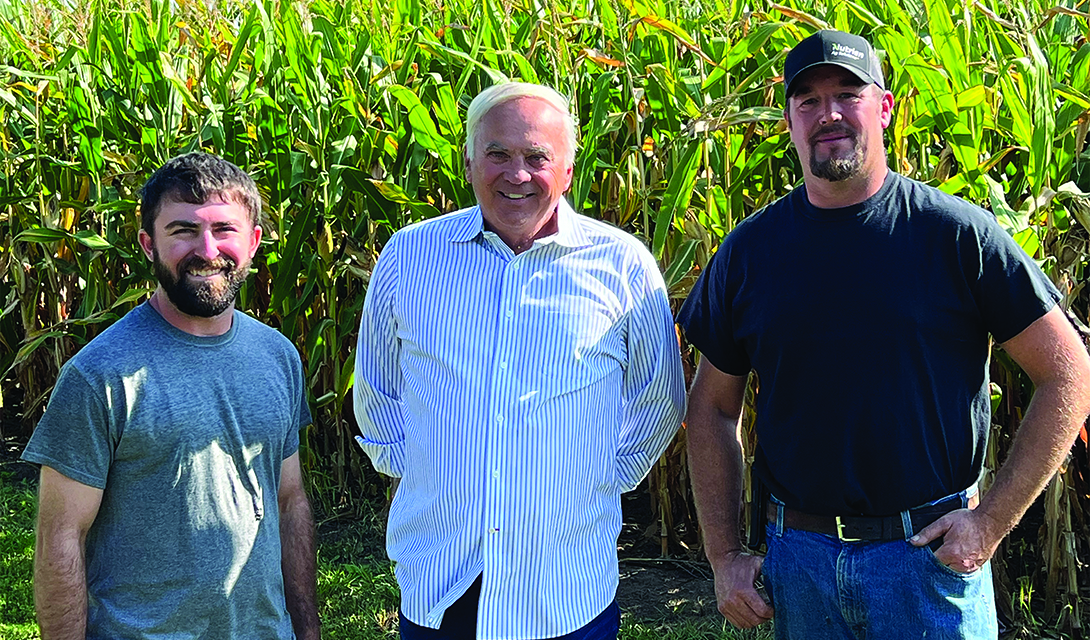The causes of Dampening off in Cornfields this spring
In this past week, there have been several fields that I have looked at where plants are stunted and dying from Fusarium and/or Pythium root rot. From what I have seen so far, dead plants are generally located found in one or in a combination of the following conditions. Poorly drained soils, clay soils, cooler soils in areas on north facing hillsides, on compacted areas of the field, and in areas where the topsoil has eroded (slopes). Other contribution factors are fields that may have been planted a little too wet or seed that was planted deeper than 2 inches. Field entrances have more dead or dying plants than the middle of the field, presumably because of compaction.
The majority of Fusarium/Pythium has been seen on plants that were planted the second week of May when soils temperatures cooled off the following week. Also, hybrids with slower genetic vigor in cooler soils may be more susceptible to Pythium seedling rot or dampening off. Dyna-Gro Seed corn is treated with Apron fungicide to help to minimize Fusarium and Pythium root rot.
Symptoms from the diseased plants depend on the stage of infection, from dead plants (totally brown) to wilted plants to stunted plants to dark green plants with dead growing points to seemingly healthy plants. If seemingly healthy plants are dug up in affected areas, often you will find the mesocoytl (the “stem” area between the seed and the nodal roots) is brown. If the affected area goes into the crown (where the growing point is on young plants), and then the plant will eventually die, with the top leaves dying first.
Root systems of plants affected with Fusarium are brown and decayed. With Pythium, the root cortex (outer part of the root) may be decayed, while the stele (inner portion of the root) can still be white. Often you will find that these roots spread horizontally instead of going down in the soil profile. This is due to compacted layers of soil.


©Copyright 2015. This information may have been accumulated from publicly available sources outside of Dyna-Gro Seeds, or its affiliates. Individual results may vary, and performance may vary from location to location and from year to year. This result may not be an indicator of results you may obtain as local growing, soil and weather conditions may vary. Dyna-Gro® is a registered trademark of Loveland Products, Inc. Featured logos are service/trademarks of their respective owners.




